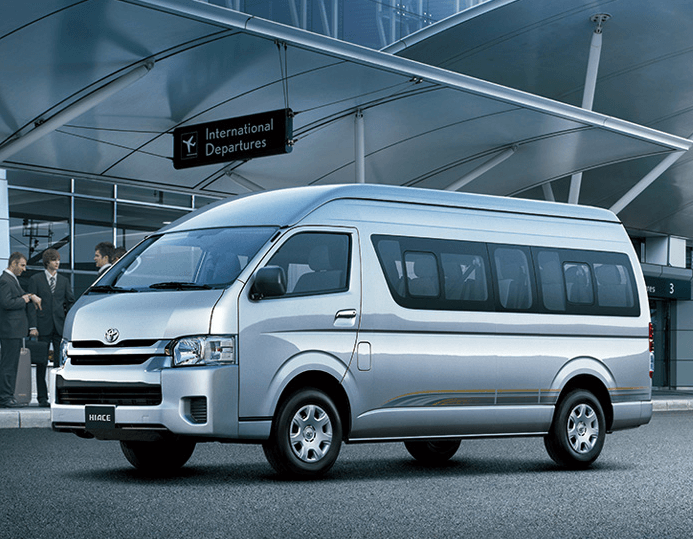Now that's the sort of news I, amongst many others, always wanted to read but thought it may never happen. However, the Federal Traffic Council (or FTA) has thankfully called for a complete ban of all minibuses currently plying on the roads of the UAE by 2023.
Over the past few years, minibuses have been behind several accidents on our roads - many resulting in loss of life for those onboard these death traps. According to Major-General Mohammed Saif Al Zafeen, Deputy Commander-General of the Dubai Police for Operations Affairs and President of the FTA, minibuses that are currently being used to transport school children will be the first to go by September 2021. This will soon be followed by a total ban of all passenger minibuses by January 2023.
At present, an alarming 15 per cent of all UAE road accidents involve some kind of a minibus. Widely used as people carriers, there are several different types of minibuses - carrying as many as 15 passengers. In the UAE, automakers such as Toyota, Nissan, Hyundai, Suzuki, King Long, Maxus, and Ford all sell minibuses of various capacities. However, a vast majority of these, according to Major-General Mohammed Saif Al Zafeen are considered dangerous for transporting people. With over 50,000 of them currently on our roads, passenger safety has been one of the major concerns for local authorities.
Back in 2013, authorities mandated the fitment of electronic speed limiters in minibuses nation-wide. This device curbed drivers from going too fast as top speed was capped at 100 km/h. Unfortunately, this didn't seem to have any drastic effect and people were still being killed in road accidents involving minibuses. Despite their large dimensions, minibuses are considered one of the least safe modes of transportation. One of the primary factors for this is their utter lack of even basic safety features. While modern passenger cars incorporate test-proven crumple zones, a strong outer shell, multiple airbags, anti-lock braking system, vehicle stability control, traction control, and several more electronic nannies to ensure high safety standards - minibuses usually have none of these.
It's quite easy to understand how perilous these vehicles can be, and all you need to do is look at them with intent. Unlike your normal family car, minibuses don't have a long front end - its rather short and stubby face has no room to incorporate any practical form of a crumple zone. Their slab-sided build offers little to no protection against any collision or impact. And you thought these were only slightly uncomfortable - hah! In the event of a collision (we're talking even 40-60 km/h ones), the whole frame of the vehicle provides almost zero resistance. Combine that with closely-packed occupants who almost never wear their seatbelts, poor handling dynamics, shockingly bad breaks, and the end result is never going to be pleasant.
In the recent past, major manufacturers of these minibuses started equipping their vehicles with anti-lock brakes and (usually) a driver-side airbag. However, these aren't remotely enough to make them safe for carrying the number of passengers that they do on a regular basis. Plus, it becomes abundantly clear that most people that are behind the wheel of these contraptions aren't too safety conscious either. So, when you put all of these factors together, the outcome looks really very bleak for those who unfortunately get caught inside a minibus in an accident. The UAE's Federal Traffic Council's decision on banning passenger minibuses is indeed welcome news. However, you'll still see the cargo variants of these running around for a lot longer.


